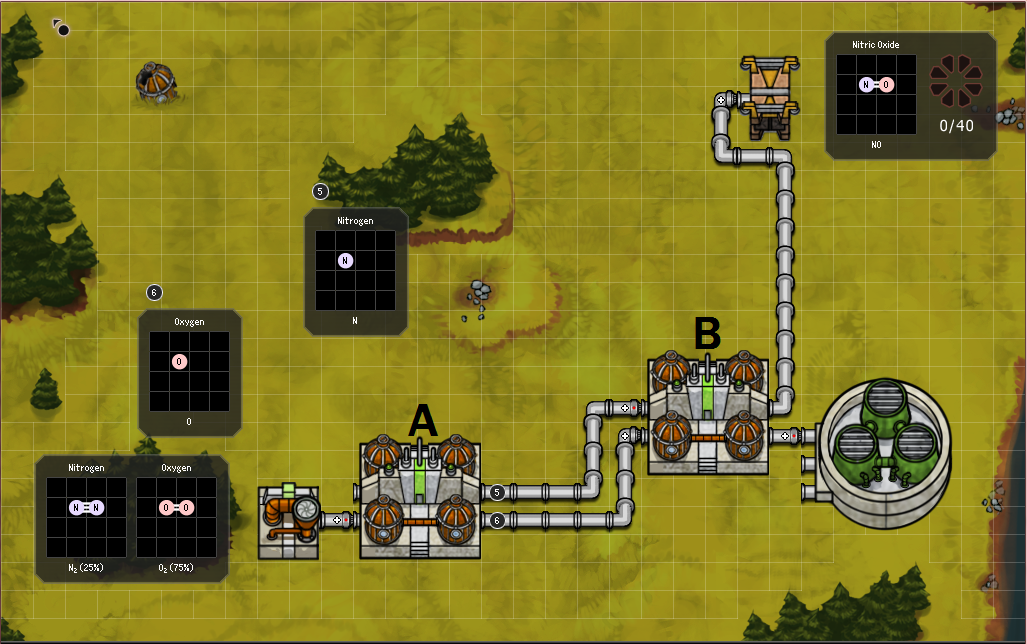


Finally, we evaluate how the device performances can match the product specifications for computing applications. The limits and roadblocks of emerging memories (among them the critical point of variability) are discussed, and potential solutions are proposed. Trade off and correlation existing among these features are analyzed, clarifying the potential offered by each RRAM stack. The performances of emerging memories are deeply discussed in terms of WM, speed, endurance, retention, and consumption. Then we present an in-depth electrical characterization of RRAM. Based on ab initio calculations, we provide insights on the conductive filament composition, and the competition between Cu and V O diffusion mechanisms in various metal-oxide resistive layers. We start from the material properties of the layers constituting the memory stack. Then, it is quickly recalled how and why current computer memory hierarchy is organized, then showed where this technology could be used in this memory hierarchy, what they can bring, and what should their main characteristics be for that purpose. This chapter is structured as follows: we first present the main memory design architectures that can be used to implement a RRAM memory array. A specific focus is made on oxide-based CBRAM with Cu-based active electrode. In this chapter, we propose to discuss how emerging resistive memories can break the memory bottleneck in computing applications, both in design and technology perspectives. ĭespite some RRAM-based products start to enter the market, RRAM is still an emerging memory maturity and reliability still need to be improved before mass production could be envisaged. Finally, good scalability was put in evidence: scaled memory devices were presented, demonstrating the scalability of the technology: 10-nm crossbar OXRAM and 5-nm liner CBRAM further density improvements could be obtained later with vertical random access memory (VRRAM) architecture. Very good endurance was also demonstrated in the literature, with window margin (WM) maintained after 10 12 cycles. Less than 10-ns programming times were also reported in the literature. Then, RRAM is a fast memory, with typical programming time of 100 ns. It also shows a low-voltage operation: typical RRAM operating voltages are 1–3 V, which is much lower than ~ 20 V of flash NAND memories. It is a low-cost two-terminal device and the number of integration steps is lower than in standard flash. Depending on the filament composition, two types of RRAM can be distinguished: OXRAM, where the filament is based on oxygen vacancies, and conductive bridging RAM (CBRAM), where the filament results from the dissolution of an active electrode, that can be made of silver (Ag) or copper (Cu) in most cases.

Resistive random access memory (RRAM) is based on the reversible formation/disruption of a conductive filament in a resistive layer providing a low- and a high-resistance states. Philippe Blaise, in Advances in Non-Volatile Memory and Storage Technology (Second Edition), 2019 9.1 Introduction


 0 kommentar(er)
0 kommentar(er)
